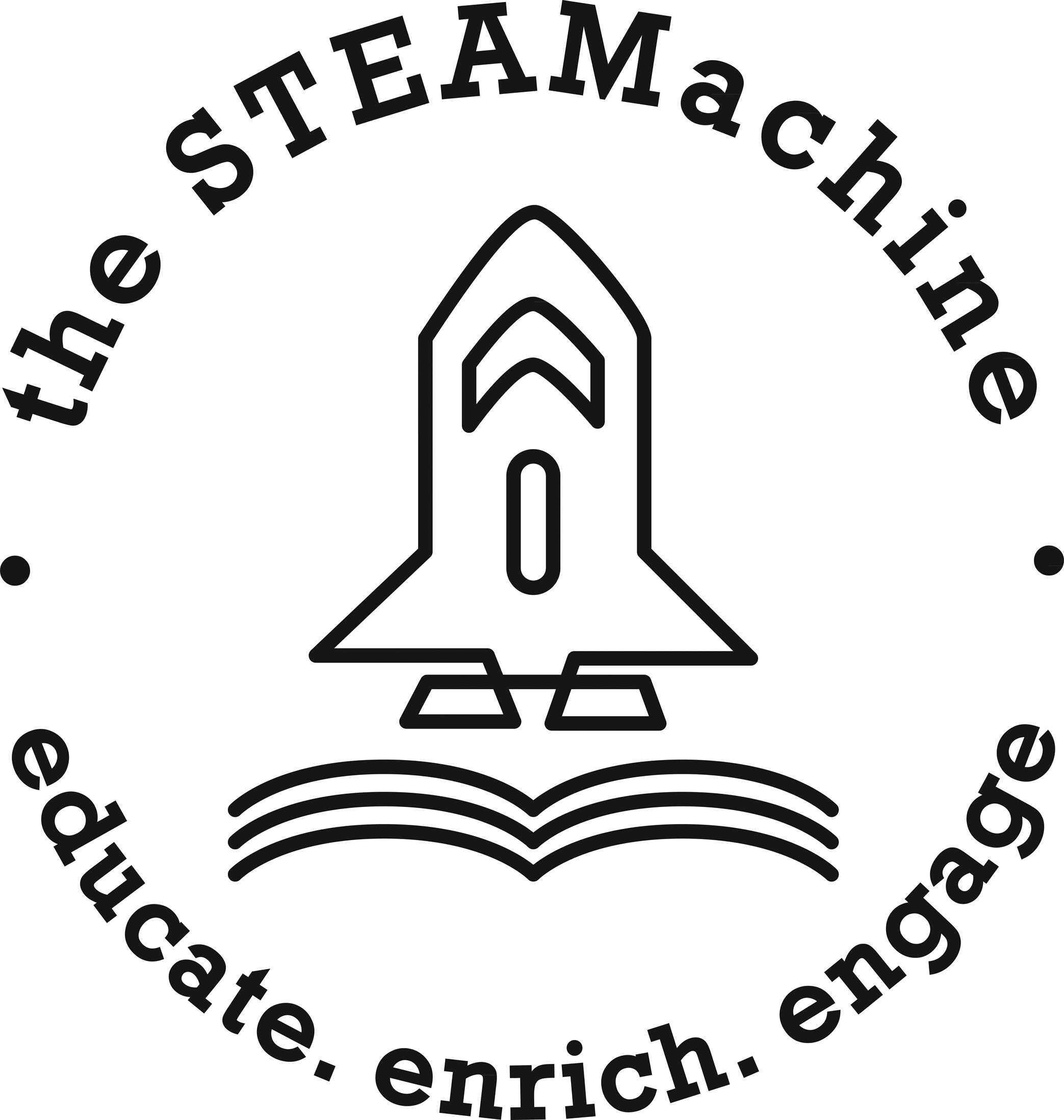DIY Kaleidoscope
Want to make a colorful and bright kaleidoscope? By using only a few items, create an array of colorful patterns in your house and learn the science behind reflections and light!
Standards in this lesson: NGSS-1-PS4-3, NGSS-4-PS4-2, CCSS.MATH.K.CC.1
Materials
Tape (we like electrical or duct tape, but any kind will work)
Empty cardboard tube, paper towel roll or piece of cardstock
Rainbow peephole (Amazon has very inexpensive ones! Link
Procedure
Step 1
Cut a small piece of tape. If you don’t have a cardboard tube or paper towel roll, you can roll the cardstock in a tube if necessary!
Step 2
Use a piece of the tape to attach the peephole to one end of the cardboard tube, making sure that it is firmly stuck on.
Step 3
By using the remaining tape you have, cover the entire cardboard tube in the tape to give your kaleidoscope a fun and decorative touch. You can decorate the tube to it to make it even cooler!
Step 4
Now look through the other end of the kaleidoscope slowly rotating it to see a colorful pattern! Explore different sources of light. What is similar about them? What is different? Remember! Don’t look directly at the sun.
Science Explanation
Kindergarten - 2nd Grade . . .
- What is different about the cardboard peephole area and the clear part of the peephole? How much light can pass through? What do you observe?
- The cardboard part of the peephole has a colorful design on it and is hard. Light does not pass through it. We call this cardboard opaque. The clear part of the peephole is see-through and you can see a whole rainbow of colors through it in the light. When we can see through a material, it is transparent. NGSS-1-PS4-3
- Do you notice the colors inside the kaleidoscope? What colors do you see?
3rd Grade - 5th Grade . . .
- How can we see different colors? NGSS-4-PS4-2
- Light from the sun and most lightbulbs are what we call white light. White light is made up of all colors of the rainbow: red, orange, yellow, green, blue, indigo, and violet.
- As white light hits objects, some colors are absorbed and some are reflected. Light receptors in our eyes send messages to our brain, telling us what color we are seeing.
- The colors that we can see are the colors that are being reflected.
- When light hits an object, some colors of the object bounce off and some colors are absorbed. Our eye only sees the colors that are reflected.
- If your socks are yellow, your socks are absorbing red, orange, green, blue, violet, and indigo light. It is reflecting yellow light. This reflected yellow light is the color we see!
- If grass is green, what color is being absorbed? What colors are reflected? (Answer: Green light is being reflected while red, orange, yellow, blue, violet, and indigo light are being absorbed.)
Math Extensions
Kindergarten - 2nd Grade . . .
- CCSS.MATH.MC.1
- How many colors do you see inside your kaleidoscope? Using your counting skills, identify how many colors you can see.
Written by Aminah Rangwala Inspired by Steve Spangler Science






